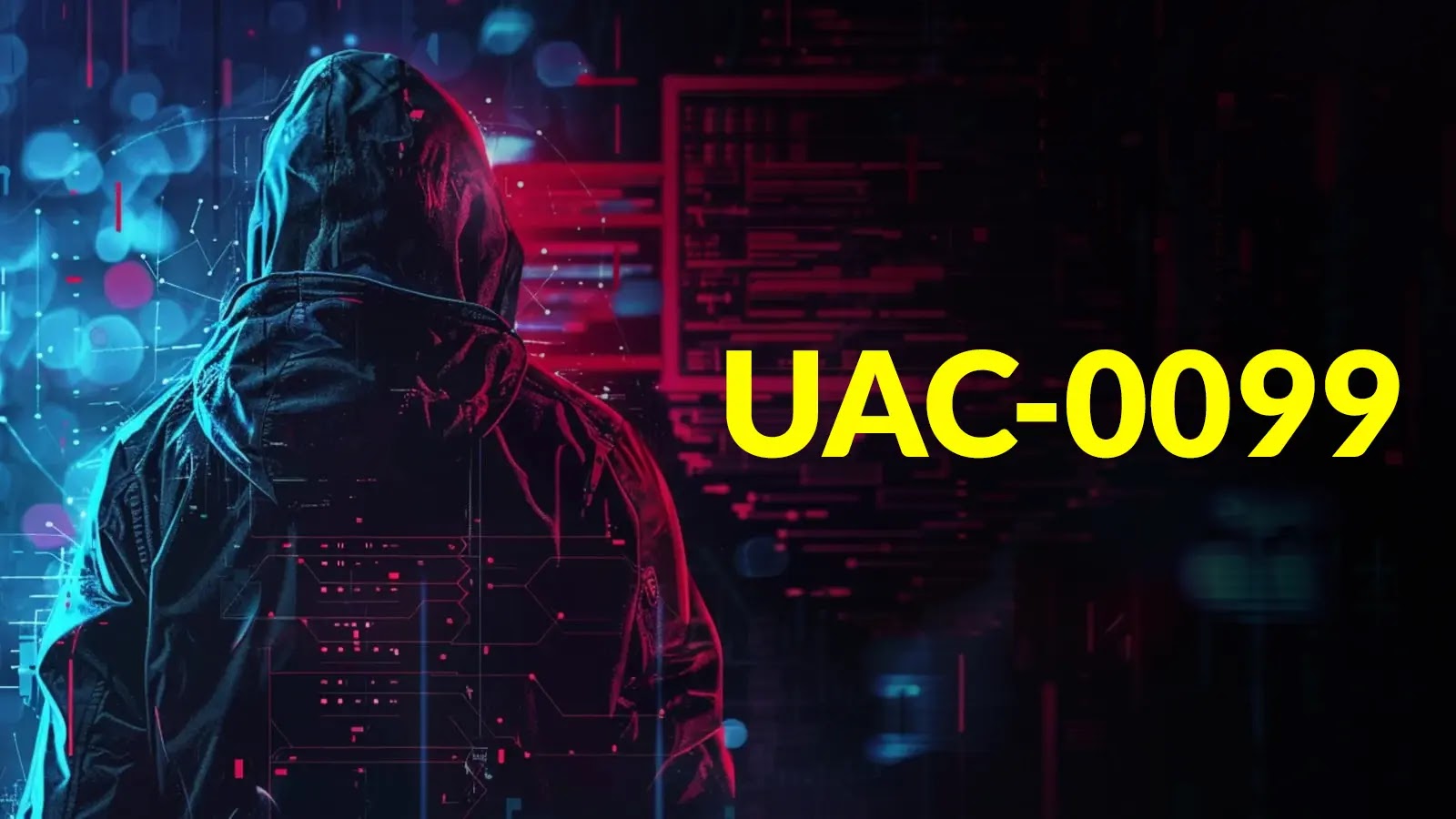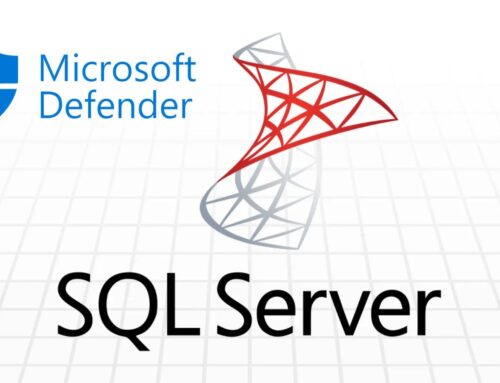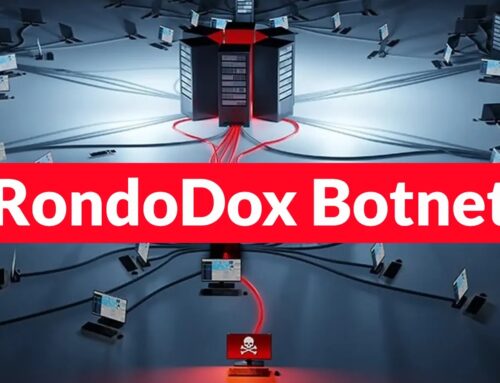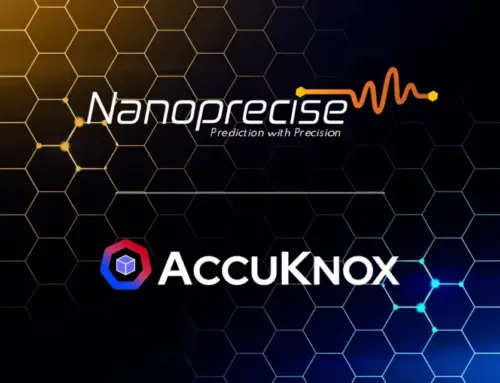
UAC‑0099 Tactics, Techniques, Procedures and Attack Methods Unveiled
UAC-0099: Unveiling the Tactics, Techniques, and Procedures of a Persistent Cyber Espionage Threat
In the evolving landscape of cyber warfare, understanding persistent threat actors is paramount for effective defense. One such group, UAC-0099, has emerged as a significant and adaptable force, particularly in its targeted cyber espionage campaigns against Ukrainian government, military, and defense-industrial entities. Active since at least 2022, UAC-0099 continually refines its attack methods, posing a consistent challenge to cybersecurity professionals. This analysis delves into their operational phases, key tactics, and the imperative for robust defensive measures.
Understanding UAC-0099’s Shifting Operational Landscape
UAC-0099 demonstrates remarkable agility and strategic evolution across its campaigns. While the full scope of their activities remains under scrutiny, analysis reveals distinct operational phases from 2023 to 2025 where the group systematically adapted its toolkit and methodologies. This adaptability underscores the need for dynamic and proactive cybersecurity strategies.
- Systematic Tool Refinement: The group consistently updates its malware and exploits, making detection and attribution more challenging. This indicates a well-resourced and technically proficient adversary.
- Targeted Cyber Espionage: Their focus on Ukrainian government agencies, military organizations, and defense-industrial entities highlights a clear objective of intelligence gathering and disruption. This sector-specific targeting necessitates specialized defense postures.
- Persistent Threat: Active since 2022, UAC-0099’s continued operations emphasize their dedication and the high stakes involved in these campaigns.
Key Tactics, Techniques, and Procedures (TTPs) Employed by UAC-0099
While specific TTPs are subject to change with each operational phase, UAC-0099’s general approach leans heavily on sophistication and evasion. Their methods often involve:
- Initial Access: Likely leveraging phishing campaigns with malicious attachments or links, exploiting unpatched vulnerabilities, or employing supply chain attacks.
- Malware Deployment: Utilizing custom-developed or heavily modified existing malware strains designed for stealth, persistence, and data exfiltration. These often include remote access trojans (RATs) and information stealers.
- Command and Control (C2): Establishing resilient C2 infrastructure to maintain communication with compromised systems, often employing encrypted channels and legitimate services for covert communication.
- Lateral Movement: Once inside a network, UAC-0099 actors likely employ standard techniques such as exploiting weak credentials, leveraging misconfigurations, or using legitimate administrative tools for internal reconnaissance and expansion.
- Data Exfiltration: Systematically identifying and exfiltrating sensitive data, often using various techniques to avoid detection, such as compressing and encrypting data before transfer.
- Evasion Techniques: Employing anti-analysis, anti-forensics, and polymorphic techniques to evade detection by security software and analysts. Their ability to refine their toolkit points to a high level of technical competency in bypassing security controls.
Analyzing Potential Vulnerability Exploitation
While the provided source does not specify particular CVEs exploited by UAC-0099, their pattern of “systematically refining its toolkit” strongly suggests the exploitation of newly discovered or unpatched vulnerabilities. Historically, sophisticated threat groups often target:
- Zero-Day Vulnerabilities: Exploiting unknown vulnerabilities before patches are available, offering a significant window for initial access.
- Known Vulnerabilities with Low Patch Rates: Taking advantage of CVEs for which patches exist but have not been widely applied by target organizations. Examples might include vulnerabilities in widely used operating systems, enterprise applications, or network devices.
Organizations should maintain vigilance for recently disclosed vulnerabilities, particularly those affecting software commonly used within their environments. For instance, while not directly attributed to UAC-0099, vulnerabilities like those found in commonly used applications or operating systems, such as:
- CVE-2023-21782 (Microsoft Remote Procedure Call Runtime Remote Code Execution Vulnerability)
- CVE-2023-28251 (Windows Common Log File System Driver Privilege Escalation Vulnerability)
serve as examples of the types of security flaws advanced threat actors could leverage for initial access or privilege escalation. Proactive patching and vulnerability management are crucial defenses.
Remediation Actions and Proactive Defense Strategies
Defending against an adaptive adversary like UAC-0099 requires a multi-layered and dynamic security posture. Focus on prevention, detection, and rapid response.
- Robust Vulnerability Management: Implement a comprehensive patch management program to ensure all systems, applications, and network devices are consistently updated. Prioritize patching critical and high-severity vulnerabilities immediately. Regularly scan for vulnerabilities using automated tools.
- Endpoint Detection and Response (EDR): Deploy EDR solutions across all endpoints to detect anomalous activities, suspicious processes, and potential malware indicators in real-time.
- Network Segmentation: Isolate critical assets and sensitive data within segmented network zones. This limits the lateral movement capabilities of attackers if a breach occurs.
- Strong Authentication and Access Control: Enforce multi-factor authentication (MFA) for all accounts, especially privileged ones. Implement the principle of least privilege, ensuring users and systems only have access to resources necessary for their function.
- Employee Security Awareness Training: Educate employees on phishing tactics, social engineering, and safe computing practices. A well-informed workforce is the first line of defense.
- Threat Intelligence and Sharing: Subscribe to reliable threat intelligence feeds to stay informed about emerging TTPs, indicators of compromise (IoCs), and specific threats like UAC-0099. Share relevant intelligence within your sector.
- Incident Response Plan: Develop and regularly test a detailed incident response plan. This ensures a coordinated and effective response in the event of a successful cyberattack.
- Regular Backups: Implement a robust backup strategy, ensuring critical data is regularly backed up and stored off-site and offline to protect against data loss and ransomware attacks.
Detection and Analysis Tools
Utilizing a combination of tools is essential for detecting, analyzing, and mitigating threats from sophisticated groups like UAC-0099.
| Tool Name | Purpose | Link |
|---|---|---|
| Endpoint Detection and Response (EDR) Systems | Real-time monitoring, detection, and response to threats on endpoints. | (Vendor Specific – e.g., CrowdStrike Falcon, SentinelOne) |
| Security Information and Event Management (SIEM) Systems | Centralized logging and analysis of security events for threat detection and correlation. | (Vendor Specific – e.g., Splunk, IBM QRadar, Microsoft Sentinel) |
| Vulnerability Scanners | Automated identification of software vulnerabilities and misconfigurations. | (Vendor Specific – e.g., Tenable Nessus, Qualys, OpenVAS) |
| Network Intrusion Detection/Prevention Systems (NIDS/NIPS) | Monitoring network traffic for suspicious patterns and known attack signatures. | (Vendor Specific – e.g., Snort, Suricata) |
| Threat Intelligence Platforms (TIPs) | Aggregating and analyzing threat intelligence to provide actionable insights. | (Vendor Specific – e.g., Mandiant Advantage, Recorded Future) |
Conclusion
The activity of UAC-0099 highlights the persistent and evolving nature of state-sponsored or highly capable cyber espionage. Their adaptable approach and sustained targeting of critical infrastructure demand constant vigilance and continuous improvement in cybersecurity defenses. Organizations, particularly those in defense and government sectors, must prioritize proactive threat intelligence, robust vulnerability management, and multi-layered security controls to effectively counter these advanced persistent threats. Understanding the enemy’s TTPs is the first step towards building an impenetrable defense.





